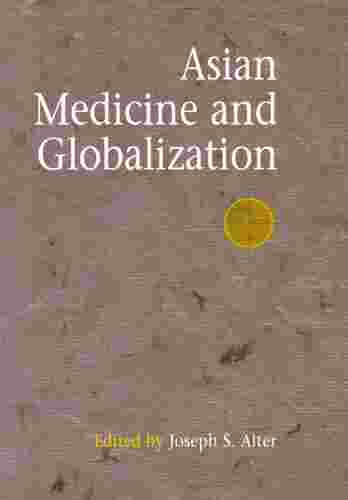Do you want to contribute by writing guest posts on this blog?
Please contact us and send us a resume of previous articles that you have written.
Asian Medicine And Globalization: Exploring the Rich Encounters with Asia

Throughout history, various civilizations have developed their own unique systems of medicine. One such system that has gained recognition and popularity in recent times is Asian medicine. With its roots in ancient traditions, Asian medicine offers a holistic approach to health and well-being that has captivated people across the globe. This article delves into the fascinating world of Asian medicine and explores how it has encountered globalization.
The Essence of Asian Medicine
Asian medicine encompasses a range of ancient holistic healing practices that originated in different Asian cultures, such as Traditional Chinese Medicine (TCM),Ayurveda, Korean medicine, and Japanese Kampo medicine. These systems emphasize the balance and harmony of the mind, body, and spirit, aiming to restore and maintain health through natural means.
TCM, for instance, focuses on concepts like Yin and Yang, Qi (vital energy),and the Five Elements. It utilizes various techniques such as acupuncture, herbal medicine, and dietary therapy to treat and prevent illness. Ayurveda, on the other hand, is an ancient Indian system that seeks to balance the three doshas - Vata, Pitta, and Kapha - through practices such as herbal remedies, massage, and meditation.
4 out of 5
| Language | : | English |
| File size | : | 1135 KB |
| Text-to-Speech | : | Enabled |
| Screen Reader | : | Supported |
| Enhanced typesetting | : | Enabled |
| Word Wise | : | Enabled |
| Print length | : | 196 pages |
Globalization and the Rise of Asian Medicine
Over the past few decades, there has been a significant surge of interest in Asian medicine in the West. This growing fascination can be attributed to several factors, one of which is the increasing disillusionment with conventional medical systems that often prioritize symptom suppression rather than addressing the root cause of ailments.
Another factor is the shift towards a more holistic approach to health and wellness, where individuals are seeking alternatives that treat the whole person rather than just the isolated condition. Asian medicine, with its focus on the interconnectedness of various bodily systems, resonates well with this growing trend.
Furthermore, the globalization of traditional cultures and the ease of information dissemination through the internet have played a crucial role in raising awareness about the effectiveness and benefits of Asian medicine worldwide. People are now able to access knowledge, research, and testimonials from practitioners and patients, inspiring them to explore these ancient healing practices.
Encounters with Asia: The Exchange of Knowledge
The encounter between Asian medicine and the Western world has been a mutually enriching experience. As Asian medicine gains popularity, many Western researchers, physicians, and practitioners have embarked on journeys to Asia to study these healing systems firsthand.
These encounters have resulted in valuable exchanges of knowledge and ideas. Western medical scientists, for example, have been able to study the mechanisms of action of various herbal remedies used in Asian medicine, leading to the discovery of new potential treatments and therapies.
Moreover, Asian medicine has benefitted greatly from the insights and advancements of Western medicine. The integration of modern diagnostic techniques, scientific research methodologies, and evidence-based practices has further validated Asian medicine in the eyes of skeptics and contributed to its wider acceptance.
Asian Medicine in the Modern World
In recent years, Asian medicine has become increasingly integrated into mainstream healthcare systems in many Western countries. Acupuncture clinics, herbal dispensaries, and holistic wellness centers are now a common sight, offering a wide range of Asian healing practices to individuals seeking alternative and complementary treatments.
The World Health Organization (WHO) has also recognized the value of Asian medicine by including it in its International Classification of Diseases (ICD-11). This global recognition has further solidified the place of Asian medicine in the modern medical landscape.
With the rise of wellness tourism, individuals now travel to Asia to experience various traditional healing modalities firsthand. Retreat centers and wellness resorts offer immersive experiences that combine Asian medicine, meditation, nutrition, and mindfulness practices to promote physical, mental, and emotional well-being.
The Future of Asian Medicine
As Asian medicine continues to encounter globalization, it has the potential to contribute significantly to the evolution of healthcare systems worldwide. By blending ancient wisdom with modern scientific advancements, a holistic approach to health can be achieved that encompasses the best of both worlds.
However, it is crucial to preserve the authenticity and integrity of Asian medicine, ensuring that it is practiced by qualified and experienced practitioners who adhere to its traditional principles. This ensures the safety and effectiveness of treatments while maintaining respect for the cultural heritage from which these healing systems arise.
Asian medicine's encounter with globalization has opened up a world of possibilities. From the integration into mainstream healthcare to the exchange of knowledge between cultures, it has become an integral part of the modern medical landscape. As more individuals seek alternative and complementary treatments, Asian medicine continues to prove its worth, offering a holistic approach that addresses the root causes of ailments and promotes overall well-being. With ongoing research and continued appreciation, the future holds great promise for Asian medicine and its enduring impact on the world.
4 out of 5
| Language | : | English |
| File size | : | 1135 KB |
| Text-to-Speech | : | Enabled |
| Screen Reader | : | Supported |
| Enhanced typesetting | : | Enabled |
| Word Wise | : | Enabled |
| Print length | : | 196 pages |
Embedded within the martial art Ba Gua Zhang is a complete system of internal exercises that promote self-healing and longevity and transform consciousness. Ba Gua Nei Gong consists of nine powerful and profound methods of internal exercise and self-cultivation. This book is the first in a series of manuals on Ba Gua Nei Gong. It can be used in conjunction with actual instruction in Ba Gua Zhang, or employed as a stand-alone instruction manual. Yin Yang Patting Nei Gong is often the starting point for learning Ba Gua Zhang and for the practice of Nei Gong and other Yang Sheng (Nourishing Life) Exercises. The primary function of the Patting Nei Gong is to begin to open the meridians by patting and slapping along their trajectories. Unblocking, opening and coursing the meridians in this manner is an important precursor to advanced energetic practices. Dao Yin Nei Gong is often performed in conjunction with the Patting Nei Gong because the two practices have different, yet complimentary actions. While the Patting Nei Gong focuses on dispersing energy blockages and their accompanying muscular tension, Dao Yin Nei Gong emphasizes regulating the internal energetics of the body. The mechanism that promotes and harmonizes the functioning of the internal organs and their organic interconnections is known as the Qi Dynamic. The Dao Yin exercises work directly to regulate the Qi Dynamic, thereby stimulating one’s natural healing powers and preventing disease from taking root. This in turn promotes health and proper functioning of the body. These two Nei Gong methods are relatively simple to perform, yet profound in their effect. Patting and Dao Yin work together in a harmonious yin yang balance. In order to properly train the Qi Dynamic, the pathways of the qi (the meridians) must be relatively open and unrestricted. As these energetic pathways are opened, the qi must be regulated so that its movements and actions are smooth and harmonious. These fundamental methods of simultaneously “opening up” and “regulating” are a key, but often overlooked step in internal development. They open the door to more advanced Nei Gong practices, and at the same time, form part of the foundational practice of internal martial arts like Ba Gua Zhang. The books in the Ba Gua Nei Gong Series are: Ba Gua Nei Gong Vol. 1: Yin Yang Patting and Dao Yin Exercises; Ba Gua Nei Gong Vol. 2: Qi Cultivation Exercises and Standing Meditation, Ba Gua Nei Gong Vol. 3: Twelve Posture Standing, Ba Gua Nei Gong Vol. 4: Foundational Body Training, Ba Gua Nei Gong Vol. 5: Tian Gan Heavenly Stem Nei Gong, Ba Gua Nei Gong Vol. 6: Marrow Washing Nei Gong
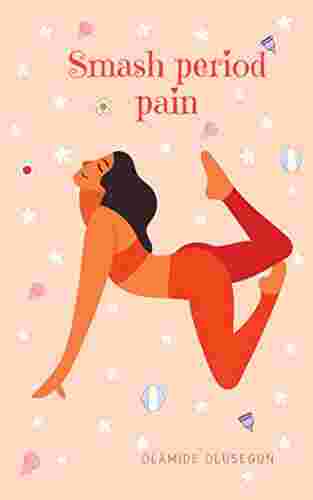
 Corbin Powell
Corbin PowellSmash Period Pain: The Ultimate Guide to Period Pain...
Period pain, also known as dysmenorrhea, is a...

 Herman Melville
Herman MelvilleTransform Your Body And Maximize Your Performance With...
Are you tired of spending hours in the gym...

 Edison Mitchell
Edison MitchellThe Shocking Exodus: Why Millions of Catholic Priests and...
The Catholic Church has long been an...
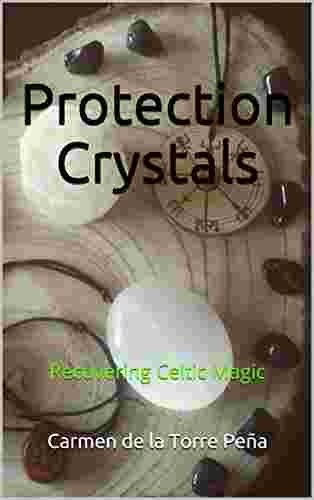
 Gary Reed
Gary ReedUnveiling the Power of Protection Crystals: Recovering...
In the realm of ancient Celtic wisdom, the...
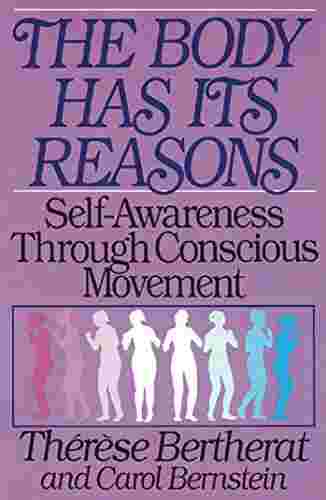
 Hugh Reed
Hugh ReedThe Body Has Its Reasons - Unlocking the Secrets of Our...
Have you ever wondered why your body...
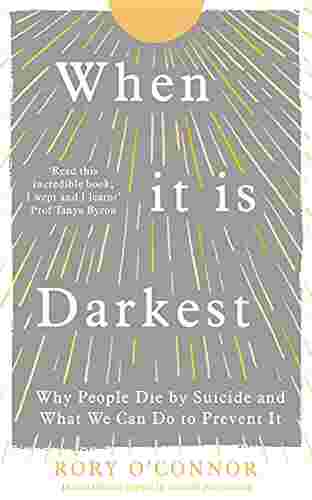
 Jesus Mitchell
Jesus MitchellThe Shocking Truth Behind Why So Many People Die By...
Every year, millions of lives are lost to...

 Jeff Foster
Jeff FosterThe Dark Side of Religious Leadership: Unveiling the...
In every society, religious leaders hold a...
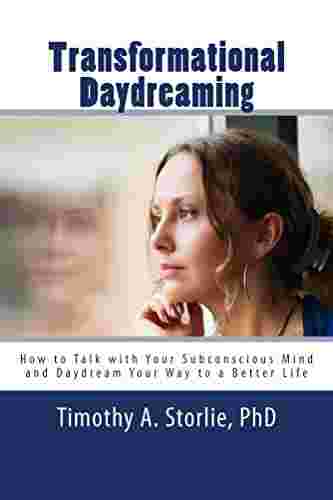
 Lawrence Bell
Lawrence BellHow To Talk With Your Subconscious Mind And Daydream Your...
Do you ever feel like your...

 Trevor Bell
Trevor BellUnraveling the Mystery: Death At The Demo Bernie...
Prepare to plunge into a thrilling world of...
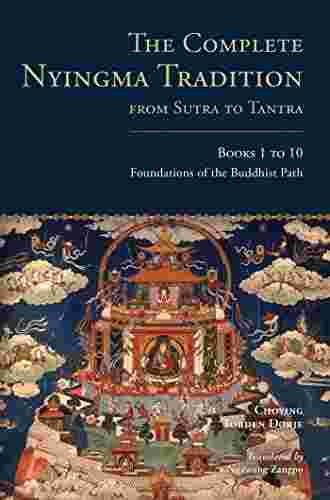
 Ken Simmons
Ken SimmonsThe Complete Nyingma Tradition: From Sutra to Tantra to...
In the realm of Tibetan Buddhism, the...

 Fred Foster
Fred Foster7 Natural Remedies to Effectively Treat Palmoplantar...
Are you tired of dealing with the...

 Bradley Dixon
Bradley DixonThe Fascinating Reality of Mediumship: Exploring Life in...
Have you ever wondered what lies beyond our...
Light bulbAdvertise smarter! Our strategic ad space ensures maximum exposure. Reserve your spot today!

 Holden BellThe Theoretical Basis Of Ai Chi Chuan: Unlocking the Secrets of the Ancient...
Holden BellThe Theoretical Basis Of Ai Chi Chuan: Unlocking the Secrets of the Ancient...
 Branden SimmonsIn Insulin Resistance Cookbook PCOS Diet - Your All-In-One Guide to Manage...
Branden SimmonsIn Insulin Resistance Cookbook PCOS Diet - Your All-In-One Guide to Manage...
 Stephen FosterThe Ultimate Practical Guideline For Level II Iyengar Yoga Method - Achieve...
Stephen FosterThe Ultimate Practical Guideline For Level II Iyengar Yoga Method - Achieve... Ernest J. GainesFollow ·14.2k
Ernest J. GainesFollow ·14.2k Julio Ramón RibeyroFollow ·14.9k
Julio Ramón RibeyroFollow ·14.9k Henry JamesFollow ·11.3k
Henry JamesFollow ·11.3k George BellFollow ·19.7k
George BellFollow ·19.7k Jack PowellFollow ·13.5k
Jack PowellFollow ·13.5k Richard WrightFollow ·6k
Richard WrightFollow ·6k Leslie CarterFollow ·8.1k
Leslie CarterFollow ·8.1k Isaac MitchellFollow ·15.3k
Isaac MitchellFollow ·15.3k






















